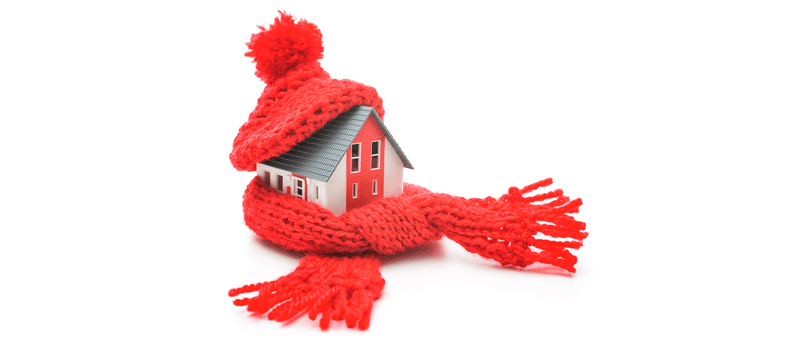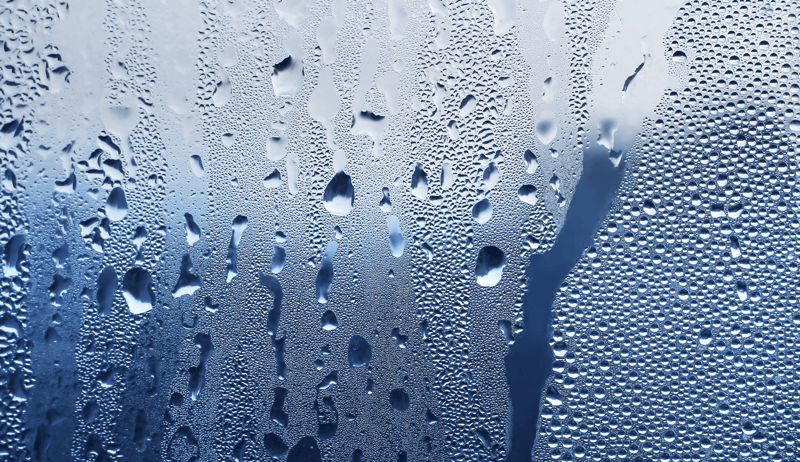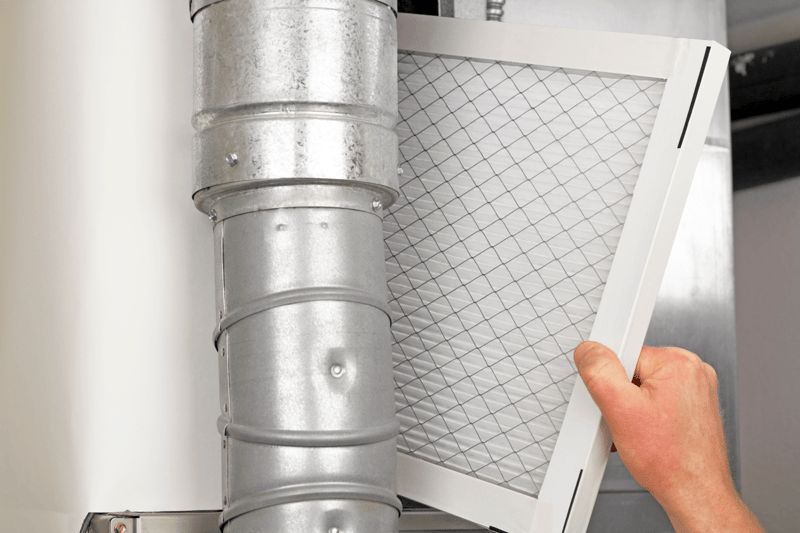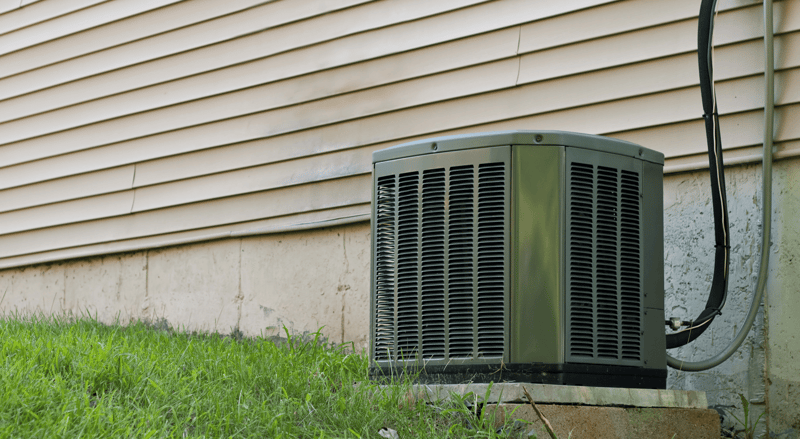 Winter will be here before you know it, and there are many important things that a homeowner should do to reduce expenses and keep their home in the best shape possible. Unfortunately, new homeowners don’t always know what needs to be done. We believe that our list of winter homeowner maintenance tips is a great place to start.
Winter will be here before you know it, and there are many important things that a homeowner should do to reduce expenses and keep their home in the best shape possible. Unfortunately, new homeowners don’t always know what needs to be done. We believe that our list of winter homeowner maintenance tips is a great place to start.
Keep Your Blinds Open
During the winter, you probably have your heat running at all times. You might think that opening the blinds to let the sun help warm the place up is a good idea, and you would be right!!
Condensation on windows, especially in new homes is very common. Homes are built very airtight, and with just living in your home, we all create humidity. Things like showers or baths, cooking and laundry, these don't always leave the home through the exhaust fans and the HVAC system.
 Condensation build-up on windows is very normal, and in cases of extreme and/or extended periods of cold weather, it is not uncommon to see a build-up of moisture and sometimes ice forming along the bottom edges of windows. It's important to monitor these areas and if needed, wipe any excess moisture up with towels in order to avoid damage to window sills and trim.
Condensation build-up on windows is very normal, and in cases of extreme and/or extended periods of cold weather, it is not uncommon to see a build-up of moisture and sometimes ice forming along the bottom edges of windows. It's important to monitor these areas and if needed, wipe any excess moisture up with towels in order to avoid damage to window sills and trim.
Keeping them closed can sometimes trap warm air in between the blinds and the cold windows, and the air ends up as condensation on your windows. In turn, this could lead to ice and moisture build-up, or in extreme cases, mould. Keeping the blinds open makes it less likely for this to happen.
Keeping the blinds open makes it less likely for this to happen, It can still happen when it's cold outside, (ie: -10) but this allows constant airflow in your home to move along the windows and keep condensation accumulation low.
Check the Humidifier
Your home’s humidifier plays an important role in keeping your home comfortable because it combats the dry air. However, this is definitely a case where you can have too much of a good thing. Ideally, your humidifier should never be set to higher than 30 or 40% humidity level.
Surprisingly, the lower the temperature, the lower you should set your humidifier. If the temperature drops below -20C, you should set the humidifier to no more than 10% to avoid window condensation and frost.
 Monitor Your Furnace
Monitor Your Furnace
Even in a new home, you should check and, if needed, replace the furnace filter. With the amount of use that your furnace gets through the winter, you may need to replace the filter at least once a month. Check it to be safe.
Another important feature to check is the furnace’s exterior exhaust vent. Occasionally, frost and ice can build up here, preventing the air from flowing freely. As a safety precaution, the furnace will shut itself off automatically. Make sure to remove any frost or build-up regularly to prevent this.
Check and Clean the Heat Recovery Ventilator (HRV)
New homes are more airtight than older homes, and while this is good for your energy bills, you have to make sure that the air is being ventilated properly. Usually, this is done by a heat recovery ventilator.
You may need to make sure that the condensate drain is clear and unobstructed. Check your owner’s manual to see how this is done. Your HRV should be set so that the HRV turns on periodically throughout the day, but when it gets to -15C or lower, it should be running almost continuously.
Turn the Thermostat Fan On
Your thermostat has an “auto” and an “on” feature. Many people like to keep the fan on during the winter. It might seem counterintuitive, but one of the biggest advantages is that it allows you to constantly filter the air, improving air quality. This is more important in the winter when the windows are closed all the time.
Turn the Exterior Faucets Off
Any little water droplets around the faucets will freeze in our Calgary weather, and this can damage your pipes and hoses. Make sure to drain the hose completely and store it in the garage or basement for the winter, then turn the exterior faucets off from the shutoff valve in the basement. Once the water is shut off, you can turn the faucet on the outside to let any water that’s inside the pipes drain out. Then your pipes will be safe.
 Cover Your AC Unit
Cover Your AC Unit
You'll want to protect the AC unit located outside. You can check the owner’s manual for any particular details, but purchasing a cover from the store is an easy solution. Additionally, remember that a large appliance like this can drain energy even when not in use. To prevent this, turn off the breaker for the AC unit in your electrical panel in the basement.
Note: a cover for your AC unit is not usually included in your new home build. However, you can contact your homebuilder to purchase one, or check online for other options.
Check the Eavestroughs and Downspouts for Blockages
Icicles may look pretty, but they can cause serious damage to your home. When there are blockages in the eavestroughs and downspouts, the water can’t flow freely, and it’s likely to freeze. It can pool, causing water damage to your roof, and the ice that forms could be heavy enough to pull the eavestrough right off of your home. Once all of the leaves have fallen, it’s a good idea to check that these things are clear.
Check CO and Fire Detectors
Winter can be a dangerous time for fires or carbon monoxide poisoning. You want your family to be safe. It’s time to check your detectors. If they’re new, they’re probably fine, but it might be a good idea to replace the batteries if you haven’t done so in a long time. The safer your family is, the better.
Taking care of your home during the winter doesn’t take a lot of time, but it makes a big difference. Be sure to add these simple tasks to your home maintenance calendar.





